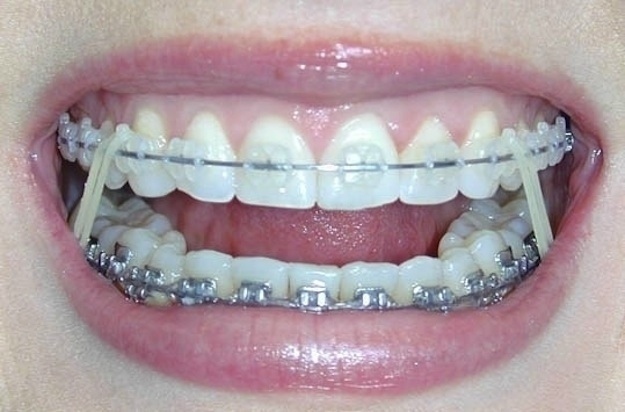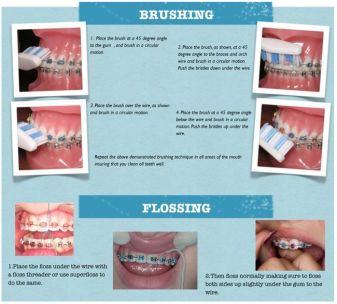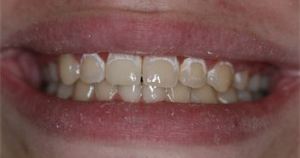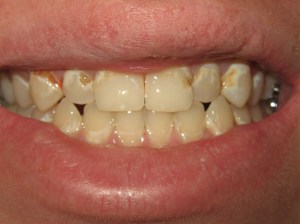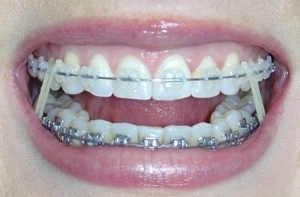
Wires and braces straighten the teeth. But wires and braces don’t do much for the bite. Instead, rubber bands or elastics move the teeth to allow a good bite. In other words, rubber bands interdigitate the bite.
Most Americans have an overbite that requires rubber bands worn one way: to move upper teeth back. A smaller group of Americans have an underbite that require rubber bands worn the opposite way: to move lower teeth backward.

So, regardless where your teeth are — underbite or the more common overbite — please follow instructions for rubber band wear from your orthodontist. Only this cooperation allows efficient correction of your bite. In fact, how long you’re in braces depends more on your cooperation with rubber bands than any other factor.

If you’re not sure, go ahead and wear the rubber bands 23/7. Sometimes you’ll be asked to only wear rubber bands at night, but most of the time we need you to wear rubber bands 90-95% of the time (only remove during meals) to achieve an ideal and timely result!

A great outcome finished on time or early is a win-win situation that will not only make you smile. Your parents and the orthodontic team will also be grinning ear to ear! So, let’s hear it for rubber bands!!!

